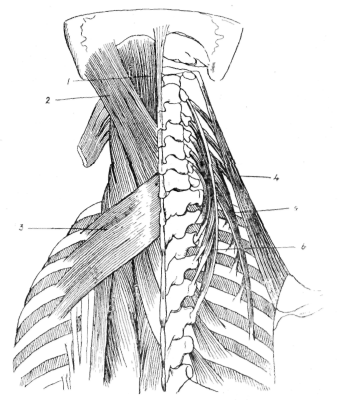How many times in your life have you been under the gun to come up with something new and inspiration just isn’t coming? Maybe you have to write a proposal at work, or come up with an idea for a fun outing with the family. Maybe you’ve been hammering away at a problem for an hour and the solution is still beyond your reach. It’s a situation most of us have found ourselves in. Why is it that inspiration can be so elusive in moments of pressure? The answer is something called the startle response. As stress levels rise, our body’s fight or flight response kicks in, creating all sorts of problems that can get in the way of clear and creative thinking:
The Alexander Technique can offer you a simple and effective solution to help calm your system down and expand your perspective, giving your subconscious mind a chance to do its work. And it can take as little as five minutes!
7 Steps to Calm Your Mind and Arouse Inspiration
1. Find a quiet space and lie down on the floor.
You don’t need a lot of space to do this, just enough to be on your back with your knees bent and your feet flat on the floor. You can let your arms rest by your side or have your elbows bent and rest your hands on your trunk.
2. Put something firm under your head to allow your neck to lengthen and release.
A couple of books are ideal for this, just an inch or two of height should be enough.
3. Soften your gaze and look up at the ceiling.
After you have yourself situated, allow yourself to settle. Keep your eyes open and really see the room above you. If you close your eyes or glaze over, you will be getting lost in your own thoughts and won’t be able to achieve the state of calm you will need.
4. Allow any mental chatter to calm down.
This can be very challenging. You might find you have to keep reminding yourself and bringing your awareness back to the present and to what you are seeing above you many times.
5. Let go of anything you don’t need.
Once you start to get yourself centered, you might notice muscles working that don’t need to be, given that you are resting on the floor. Gently encourage them to relax. You may find that they don’t cooperate straight away. Don’t worry if they don’t. Just keep sending the suggestion to your body that it can soften and do less. Allow your neck to be a little softer and a little freer. Allow your whole head to ease away from your body and your back to lengthen and widen across the floor.
6. Don’t keep looking for the solution.
You’ve been searching for the solution for however long at this point and it hasn’t come to you, so we’re going to change your approach. Let yourself be present and notice when your mind starts to leap around. When it does, as it inevitably will, simply remind yourself to not look for a solution. This way your conscious mind, which has been failing up to now to come up with the idea you’ve been looking for, will no longer be overriding your unconscious mind. Your unconscious mind is infinitely more vast and complex than your conscious mind and has a lot more resources available to it. Give it a chance to do its work.
7. Have a little faith and stick with it.
Your unconscious mind is infinitely more vast and complex than your conscious mind and has a lot more resources available to it. Give it a chance to do its work. Hang out here for five to ten minutes: keep calming your mental chatter; keep allowing your head, neck and back to expand; keep coming back to the present matter and letting go of a need to find your inspiration.
Perhaps your inspiration will come while you’re lying down, perhaps it will come after you get back up and reassess your situation. At the very least, going through these seven steps will give you a different perspective. Using this process, called “Constructive Rest” or a “Lie-Down” in the Alexander Technique, you will have calmed your nervous system, dispelling the unwanted effects of stress and giving your body and mind a chance to decompress.
If you find this helpful, tell me in the comments about your experience. If your interest is piqued, click here to find an Alexander Technique teacher near you.

 Experiential Anatomy and Alexander Techniquewith Witold Fitz-Simon
Experiential Anatomy and Alexander Techniquewith Witold Fitz-Simon

